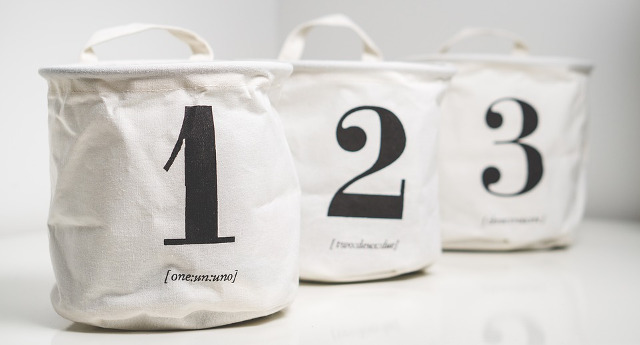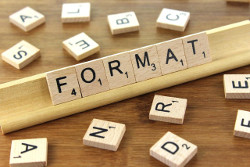

Convert between int, int64 and string
source link: https://yourbasic.org/golang/convert-int-to-string/
Go to the source link to view the article. You can view the picture content, updated content and better typesetting reading experience. If the link is broken, please click the button below to view the snapshot at that time.
Convert between int, int64 and string

int/int64 to string
Use strconv.Itoa to convert an int to a decimal string.
s := strconv.Itoa(97) // s == "97"Warning: In a plain conversion the value is interpreted as a Unicode code point, and the resulting string will contain the character represented by that code point, encoded in UTF-8.
s := string(97) // s == "a"
Use strconv.FormatInt
to format an int64 in a given base.
var n int64 = 97
s := strconv.FormatInt(n, 10) // s == "97" (decimal)
var n int64 = 97
s := strconv.FormatInt(n, 16) // s == "61" (hexadecimal)
string to int/int64
Use strconv.Atoi to parse a decimal string to an int.
s := "97"
if n, err := strconv.Atoi(s); err == nil {
fmt.Println(n+1)
} else {
fmt.Println(s, "is not an integer.")
}
// Output: 98Use strconv.ParseInt
to parse a decimal string (base 10) and check if it fits into an int64.
s := "97"
n, err := strconv.ParseInt(s, 10, 64)
if err == nil {
fmt.Printf("%d of type %T", n, n)
}
// Output: 97 of type int64The two numeric arguments represent a base (0, 2 to 36) and a bit size (0 to 64).
If the first argument is 0, the base is implied by the string’s prefix:
base 16 for "0x", base 8 for "0", and base 10 otherwise.
The second argument specifies the integer type that the result must fit into.
Bit sizes 0, 8, 16, 32, and 64 correspond to int, int8,
int16, int32, and int64.
int to int64 (and back)
The size of an int is implementation-specific,
it’s either 32 or 64 bits, and hence you won’t lose any
information when converting from int to int64.
var n int = 97
m := int64(n) // safe
However, when converting to a shorter integer type, the value is truncated to fit in the result type's size.
var m int64 = 2 << 32
n := int(m) // truncated on machines with 32-bit ints
fmt.Println(n) // either 0 or 4,294,967,296
- See Maximum value of an int for code
to compute the size of an
int. - See Pick the right one: int vs. int64 for best practices.
General formatting (width, indent, sign)
The fmt.Sprintf function
is a useful general tool for converting data to string:
s := fmt.Sprintf("%+8d", 97)
// s == " +97" (width 8, right justify, always show sign)Further reading
See this fmt cheat sheet for more about formatting integers and other types of data with the fmt package.
Share:
Recommend
About Joyk
Aggregate valuable and interesting links.
Joyk means Joy of geeK
